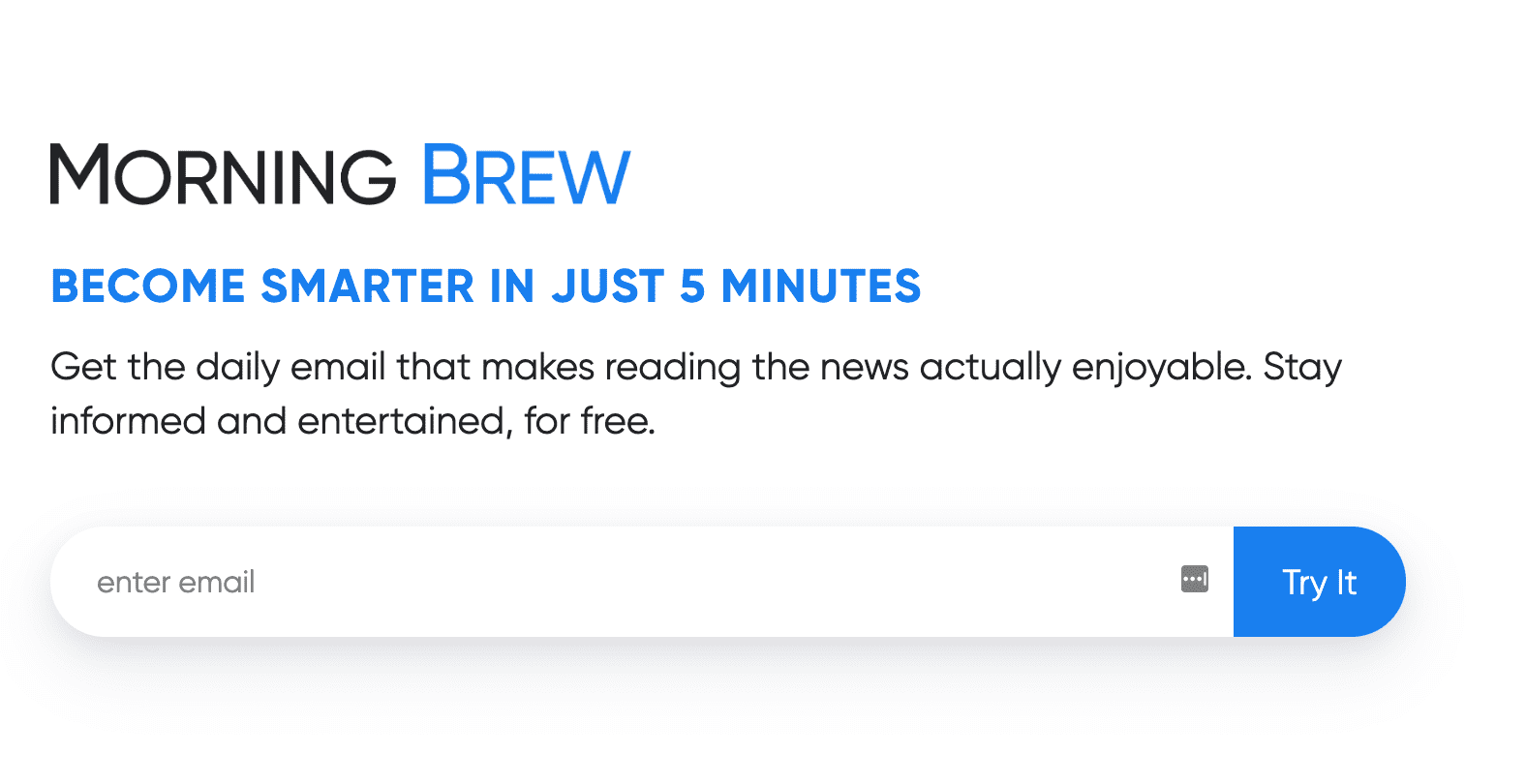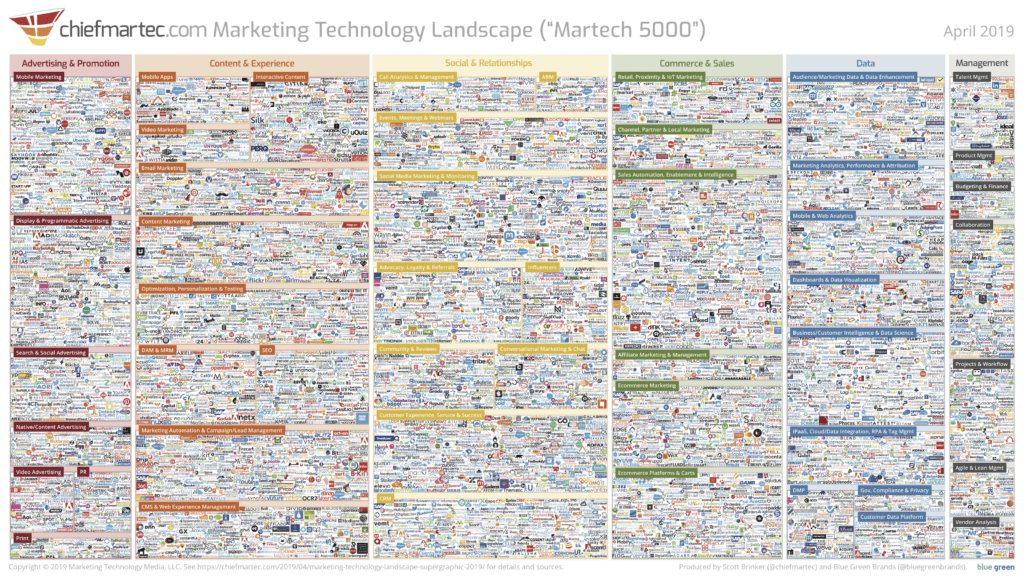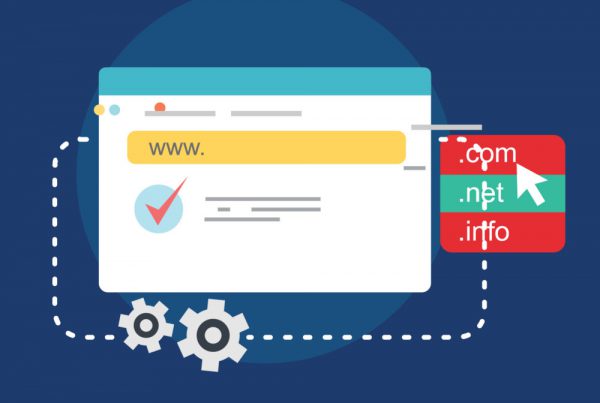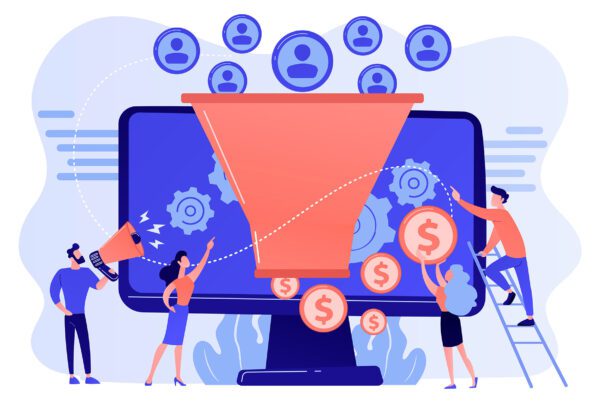>>> Check out our digital marketing predictions for 2021.
Another year in the books. Much of 2019 went as predicted in digital marketing trends posts, but it also threw us some surprises.
Some key tech monopolies took the defense in DC. Google rolled out some major algorithm updates. TikTok exploded.
So, what will 2020 bring to the digital marketing world and what can you do to prepare?
Some of these are trends we see other marketers jumping on – for instance, entirely new categories of marketing like conversational marketing. Others are data-backed consumer trends – for instance, many social media users are taking “detoxes.” And still some are early predictions on what’s coming in 2020 – like the rise of newsletters and monetized content.
Some we would recommend implementing ASAP no matter who you are. Others are probably only relevant to certain industries and sectors. General marketing principles apply to almost all business, while the impact of more specific trends, tactics, and approaches are limited to certain sized companies, target audience, and industry.
Marketing tech stacks are all the rage right now (more on this later), but a small local team probably doesn’t need to go and invest $5,000/mo in technology next year. On the other hand, the free Google My Business listing is becoming one of the most crucial pieces of local SEO, but it may not move the needle for a B2B company who doesn’t serve local clients. (Want to learn if SEO is right for you? Let’s chat.)
So our biggest recommendation to you in 2020: know your context. Don’t employ anything in 2020 without asking if it’s right for you, your company, and your industry. Gather your data, do your research, and tap into your network for advice.
Top Digital Marketing Trends for 2020
Marketing: Get Back to *People*
Tools, trends, and tactics will all change. These days, they’re changing at a rapid pace. But people don’t. And if people are the subject of all our marketing, it’s worth understanding them: their desires, their needs, their habits, what influences them, etc…
People haven’t changed.
Sure, some aspects of culture and society and norms have, but social psychology hasn’t.
This sentiment has always existed, but it’s been a bit more prevalent over the last six months.



Here’s to getting back to basics in 2020.
To-Do in 2020:
- Refresh yourself (or enlighten yourself) and your team on basic marketing principles
- Commit (or re-commit) to knowing your audience
- Interview them
- Take them to coffee
- Conduct a customer survey (compensate them for participating, come on now)
- Put these classics on your 2020 reading list:
- Ogilvy on Advertising – David Ogilvy
- Scientific Advertising – Claude Hopkins
- Influence – Robert Cialdini
- Read some more recent books on human behavior, psychology, and marketing :
- Thinking, Fast and Slow – Daniel Kahneman
- Made to Stick – Chip & Dan Heath
- Storybrand – Donald Miller
Conversational Marketing
Conversational marketing is a relatively new type of digital marketing. It’s about engaging with customers in real time to get a better sense of their needs and more quickly connect them to solutions.
People want to have conversations with brands and they expect prompt replies. In fact, 42% of people expect an immediate response (within 5 seconds), and 36% expect a response within 5 minutes (Drift).
That’s where Chatbots come in. Over the last few years Chatbots have blown up. And they’re now extremely accessible – in fact there are many free options.
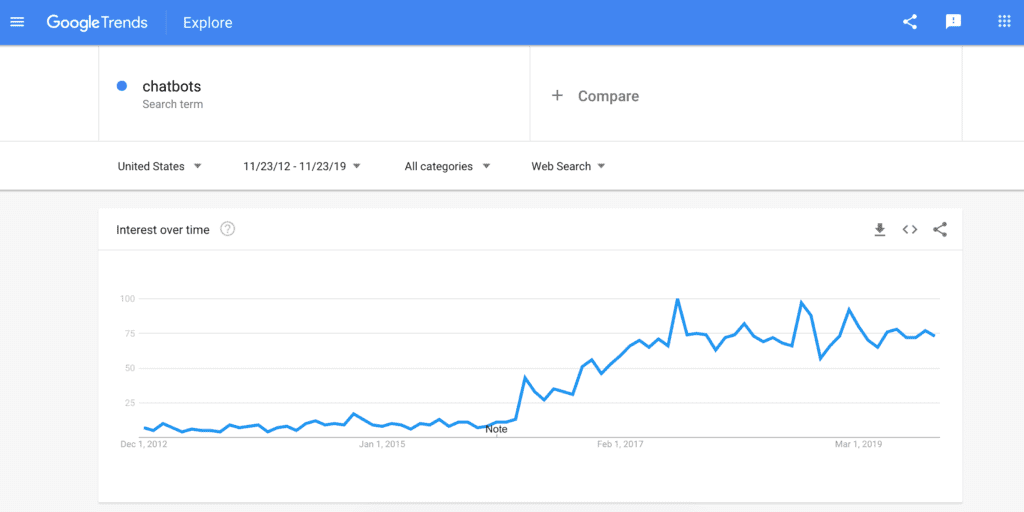
But conversational marketing is about far more than Chatbots. Voice assistants are becoming standard home appliances, a lot of customer service for big brands happens through Twitter, and eCommerce stores are texting order and shipping information.
Conversational marketing is more human, more engaging, and more effective.
To Do in 2020
Building Private Communities
Private groups are blowing up among brands.
As privacy concerns increase, so do engagement and participation in more private social channels such as Facebook Groups, Slack communities, and messengers.
This opens a huge door for marketers to create spaces that build staying power and promote meaningful conversations for and among customers. These are new environments where brand loyalty grows.
For example, Peleton (who has garnered a LOT of attention during these last few weeks of 2019) has a private group where members can “…connect with fellow Peloton Bike, Tread, and Digital Members and stay up to date on Peloton announcements and features.”

Consider more private channels through which to engage your customers in 2020. Facebook groups and Slack communities are great places to start.
To-Do in 2020
This won’t make sense for every brand or business. If you operate in the B2C space and believe there’s potential for your audience to connect to one another, this is worth trying in 2020. It’s relatively low effort.
Social Media Detoxes
the social media detox. Exposure Ninja reported in June that over 35% of adults reduced their social media usage in the last 12 months. Those who cut down on usage cited information overload, time waste, lack of trust, privacy concerns, and mental health as their reasons.
What does this mean for marketers? Don’t jump ship. Social media platforms have always been volatile (think about Myspace, Google+, and Vine). Perhaps we see some platforms continue to decline, but more important than platform considerations, it means marketers need to ensure an overall positive and meaningful social presence (see also: Private Groups to Increase Brand Loyalty). This kind of branding will stand out and differentiate in the age of the detox.
It also points to the importance of other channels should this trend continue. Consider shifting some focus and resources to email and other online advertising to ensure you stay in front of your audience during the detox phase.
To-Do in 2020
- Put an emphasis on building a positive and uplifting social presence
- Double down on building and engaging your email list
- If you are seeing social engagement decline for your brand, consider adding some display advertising to your budget
Consumer Privacy
Privacy remains a hot topic in marketing. In 2019, we saw Google, Amazon, Apple, and Facebook all spend time under the microscope of lawmakers. We also saw the CCPA (California’s Consumer Privacy Act) enacted in October. Between the two, we can be sure that businesses need to continue prioritizing the privacy of its customers.
What does this mean for marketing? Failing to prioritize privacy may lead to fines. But on the other hand, this means privacy can become a market differentiator. We’re seeing this in the search engine market from DuckDuckGo and in the browser market from Brave.
Brands that follow suit might see huge rewards in 2020 and the years to come. Marketers must find ways to be effective while less intrusive to help their brands win.
To Do in 2020
Seek ways to highlight how you prioritize your customers’ privacy in your marketing. If you don’t prioritize your customers’ privacy, it’s time to start. Then highlight it in your marketing.
Interactive Content
Interactive content has been emerging for some time from brands who have the resources and bandwidth to create it. But 2020 is the year it becomes a must for all brands.
Why? Because the internet is flooded with 1500 word articles on everything from A-Z. Everyone has a blog, every company is investing in content. So once 80,000 articles have been written on “How to Do Keyword Research,” we’re ready to engage with something refreshing.
SEMRush has been doing this for a few years with interactive games and quizzes. Their keyword volume games don’t answer my question, but it’s a unique experience that draws me to their brand.
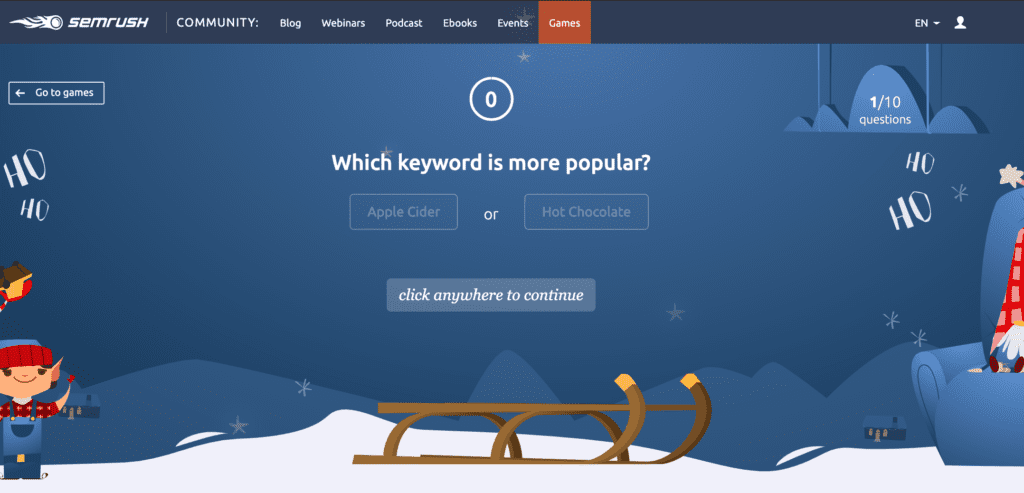
Ahrefs recently published an “interactive guide” that gives step by step instructions with varying information based on how your steps are going.
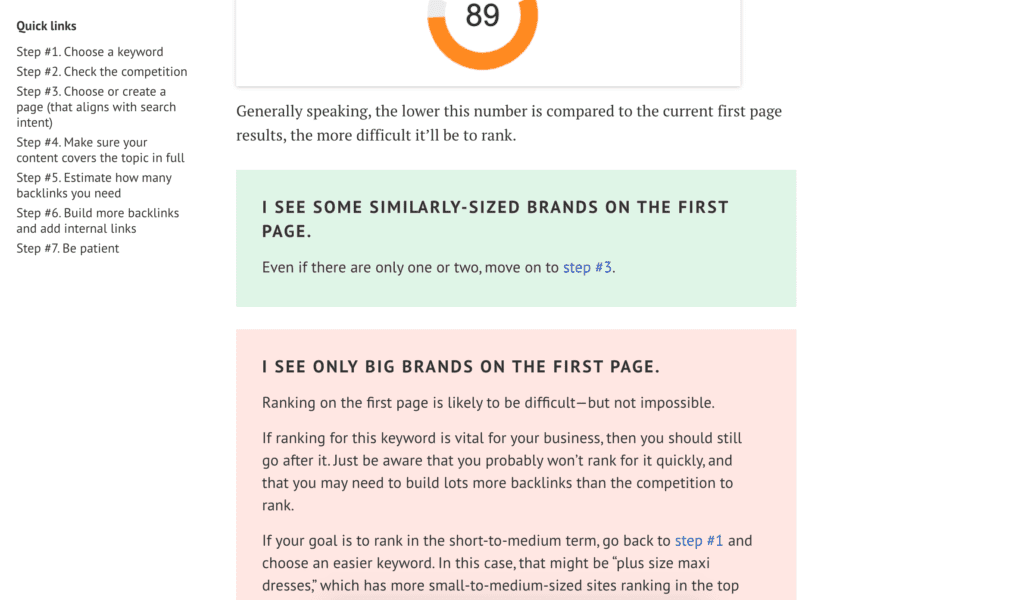
This is the kind of content that will cut through the noise in 2020.
To-Do in 2020
Consider adding a few next-level pieces to your 2020 content calendar before it’s too late. Don’t think you have the time or resources to create something like you see above? Check out some of these free tools:
Artificial Intelligence and Machine Learning in Email
Artificial Intelligence (AI) turns 65 this year. It’s certainly not a new trend but its implications and accessibility for marketing continue to grow.
One of the biggest trends we’ve seen is the automation of email: subject lines, product recommendations, send times, and more. The ability to personalize emails is truly incredible, and it’s becoming affordable even for small businesses.
In 2019, ActiveCampaign rolled out Predictive Sending starting at its $129/mo plan. Automizey offers a degree of automated AB testing and subject line generation at a low price as well. Other marketing automation softwares are rolling out similar features. High-end intelligence is becoming affordable, meaning the door is open even for small biz.
To Do in 2020
If you haven’t yet tip-toed into using AI or ML, 2020 may be the year, and email marketing automation might be a great place to start.
A Crowded SERP for Local Service Business
Nothing new here, but it’s getting even worse for local service providers. Check out this Search Engine Results Page for “roof repair near me” (searched from the beautiful Greenville, SC):

There are six businesses listed before the local pack (the map Google displays with three local businesses). If you aren’t able to work your way into the local pack (with local SEO), you’re competing with local directories for a total of 4-6 (typically what we see) organic slots for local businesses.
Sure, many will rebuttal with, “Well you better optimize for the local pack!” But unfortunately, depending on the search, Google places tight parameters on who is eligible to appear. For those located outside of the city they serve, it’s nearly impossible.
How to combat this? Start investing in advertising – especially if the local pack hasn’t been kind to your listing and you feel you’ve optimized well. There just aren’t a lot of clicks going to the fourth and fifth organic results with so many features above.
If you’re a local business who isn’t being crowded out by Local Service Ads and Google Ads on every search, you may live to fight another day.
To-Do in 2020
- Analyze the SERP for relevant search terms for your business
- Check out Local Falcon to find out where you rank in the local pack in different locations
- Find out how you’re ranking locally and organically with SEMRush Position Tracking
- If you don’t have much local visibility, consider advertising on Google
- Follow a local checklist to cover all needed optimizations to compete with top ranking domains
The Evolution of Skyscraper Content
If you’re not familiar with skyscraper content – it’s an SEO and Content Marketing method for creating high-ranking content on search engines: Choose your topic, find the top ranking posts for that topic, and then go out and create a piece of content that’s better.
Great tactic, but here’s what’s happened: Someone wants to write on SEO tools. They see a post called “Top 5 SEO Tools” ranking in the top 3. So they create “Top 25 SEO Tools.” Before we knew it, the SERP for “best seo tools” was 10 posts that all looked the same, featuring most of the same tools.
Better pieces of content haven’t really been created.
Instead, we’ve created a culture and industry full of copied, unattributed, and spun content grasping at length and breadth as differentiators, rather than value.
I think (hope) we’ll start to see more in-depth and truly helpful content win SERPs – opposed to unnecessarily long, broad, and unoriginal pieces. Less generic posts on 50 SEO tools and more first-hand accounts of one’s experience using 5 tools.
Here’s to deeper and more narrow content in 2020. RIP to the shallow, broad, and unoriginal.
To Do in 2020
- Before creating content, ask yourself, “Will I just be adding to the noise and cluttering another SERP with half-spun content? Or will I truly be adding to the conversation?”
- Double down on first-hand experiences
- “Differentiate on more than length” – Ryan Law
- Read Brendan Hufford’s recent Guide to Truly Original Blog Content
- Partner with professional researchers. For example, to get in depth and unique content, the team at gaming site Solitaired partnered with an expert historian in their space to create content. He came up with unique content about the game of solitaire that was nowhere to be found on the internet. This isn’t what you’d get from a freelance writer for $50 per piece.
Smart Bidding in Google Ads
Smart bidding has been around in Google Ads for quite some time. Smart bidding allows you to automate you bidding within Google Ads. For instance, you can set a target Cost per Acquisition or (Enhanced) Cost Per Click and Google will automate your bidding to achieve your goals.
However, many have had doubts about Google’s automation. In place of it, many ad automation softwares have popped up in recent years.
Google announced in 2019 that big improvements were coming to smart bidding, fueled by machine learning.
Google announced campaign-level conversion goals, conversion action sets, conversion value and seasonality adjustments – most of which are already live.
The new improvements allow you to choose conversion actions at the campaign level, share these across campaigns, adjust conversion value by audience type, and optimize for peak seasons.
The question remains: will you give Google the reins? New improvements and new models make it tempting.
To-Do in 2020
- If you currently automate your bidding with a third party, consider the switch to save money. Perhaps test a sample of campaigns and compare results with your third party solution.
- If you don’t automate any of your bidding, give Google a shot this year (under close monitoring and data tracking).
In-Person Attribution and Tracking
This is a really hot topic for local retail businesses. How can you tell if your marketing efforts are driving people to your location?
A handful of companies are taking on this challenge to help local business with in-person attribution. Zenreach is one who is working on solutions using Wi-Fi signals and tracking cookies to measure what marketing efforts drew that customer to the store.
Is it possible for a trend like this to grow during the privacy revolution? Who knows. But if it continues to grow, it will mean new metrics and valuable data for local, retail, and restaurants – which means massive implications for how they market.
With the unexpected Coronavirus hitting us in 2020, businesses have had to largely shift away from in-person sales for months. More and more people are working from home and not venturing out, meaning this trend may be on pause for many. Sidenote: if that’s you, check out some of these great docking stations for WFH.
To-Do in 2020
If you’ve ever been frustrated by your inability to attribute in-person business to marketing spend (and you have no ethical issues in setting this up): give it a shot. Zenreach is a good place to vet first.
Microinfluencers
Influencers have been around for quite some time now. But big celebrity-status influencers are beginning to lose consumers’ trust. We may have seen the apex of celebrity influencers in Fyre Fest, which took place in 2017, but really came to light in 2019 with the release of two telling documentaries. Many consumers began to realize, “A celebrity endorsement may not mean a quality product.”
On the other hand, local and micro-influencers tend to garner more trust. For marketers, this can mean higher engagement and more trust coming at a lower cost.

The data shows us that smaller accounts have higher percentage engagement. As a local business, if you can’t afford to pay Kendall Jenner to promote your brand, you may find success with a local influencer at a fraction of the cost.
To-Do in 2020
If your marketing has hit a wall and you feel you’ve tried almost everything, local influencers may be worth trying in 2020 – especially for local B2C brands. This is a solid article on creating an influencer campaign.
Stories Continue to Grow
Stories had a huge year in 2018 across all platforms, and the momentum continued through 2019.
Source: Statista.com
But it’s not just Instagram – Facebook stories, WhatsApp stories, and Youtube stories (currently in Beta) have all surpassed 500 million active users in 2019.
Source: TechCrunch
Hootsuite reports that 64% of marketers have already implemented Instagram Stories into their social media strategy or are aiming to do so in the next year. Brands are posting stories on average around seven days a month.
People love stories because they’re authentic and transparent. Not to mention consumers love real-time updates and up-to-the-minute content.
Stories continue to provide a ton of opportunity for marketers – and we don’t believe that’s changing in 2020. Stories may not be suitable for every business out there, but it’s worth experimenting in 2020.
To-Do in 2020
- Consider implementing stories into your 2020 social media plan if you haven’t already. They’re relatively low-effort, so experimenting and assessing won’t hurt.
- Consider advertising on IG and Facebook. Story clicks are dirt cheap, and for some brands this could mean cutting your Customer Acquisition Cost (CAC) in half if your audience is active on those platforms.
The Importance of Marketing Tech Stacks
According to MarTech expert Scott Brinker, there are over 7000 viable marketing technologies on the market.
He started this infographic in 2011 with 150 companies. But the number of companies isn’t all that’s changed – we’ve seen the introduction of new categories as well. CDP (Customer Data Platforms), ABM (Account Based Marketing) advertising, conversational marketing platforms, and more have been added to the mix in recent years.
Marketing technology stacks will be as important as ever in 2020. The most successful brands will be the ones who choose their tech stacks and software strategically, putting strategy first and vetting their options well. The brands who jump on the shiniest new toys will struggle in the new decade.
This is the best post we’ve seen in the last year on how to do that well.
To Do in 2020
Audit your current marketing technology stack. Make sure you have a solid strategy in place and ensure your toolset works for you. Don’t buy the shiny new tool as soon as your budget allows.
Google to Focus on Natural Language Processing
In October, Google rolled out a natural language model called BERT that garnered a TON of attention. BERT itself might have been blown out of proportion, but it is a big sign of things to come.
Google continues their effort to learn and understand natural language, so it can better understand and appropriately rank pages. What this means is we should see more and more well-written articles ranking well, and we can say goodbye to the thin, irrelevant content with the target keyword in every header.
There’s yet to be any notable research (that I know of) on optimizing for natural language. Most experts will tell you the models search engines use to understand language are far above any of our comprehension. However, you will find a number of content optimization tools like Surfer that will analyze the language and semantics of other well-ranking posts for the same keyword.
The key here for SEO’s is entity and topic optimization. Some believe keyword research will decline in place of in-depth topic research, SERP research, and semantics. Entities become the heart of indexing and optimization. This is good news for search but means fewer shortcuts and hacks to good rankings.
To Do in 2020
- Get familiar with entities and entity-based indexing. This 5 part series from Cindy Krum is the best resource on entity optimization.
- Write for humans
- Quit keyword stuffing (see 2010 trends)
- Consider the relevance of your links – irrelevant links carry less and less weight
Serifs + Branded Illustrations
Start saying goodbye to Humaaans everywhere.
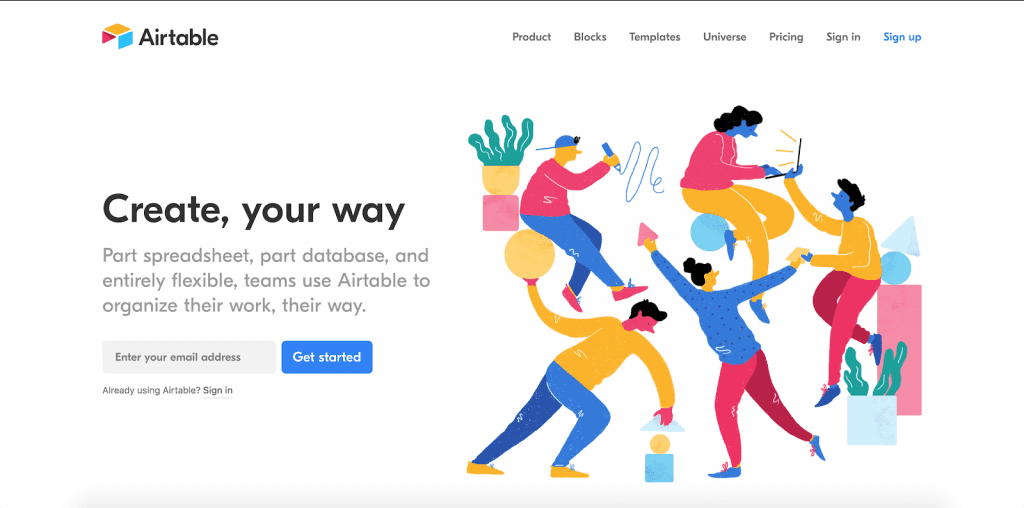
You recognize these humans. They have been everywhere on the web – particularly for SaaS websites.
Say goodbye and say hello to what we call the serif + branded illustrations trend. Let’s look at just a few:

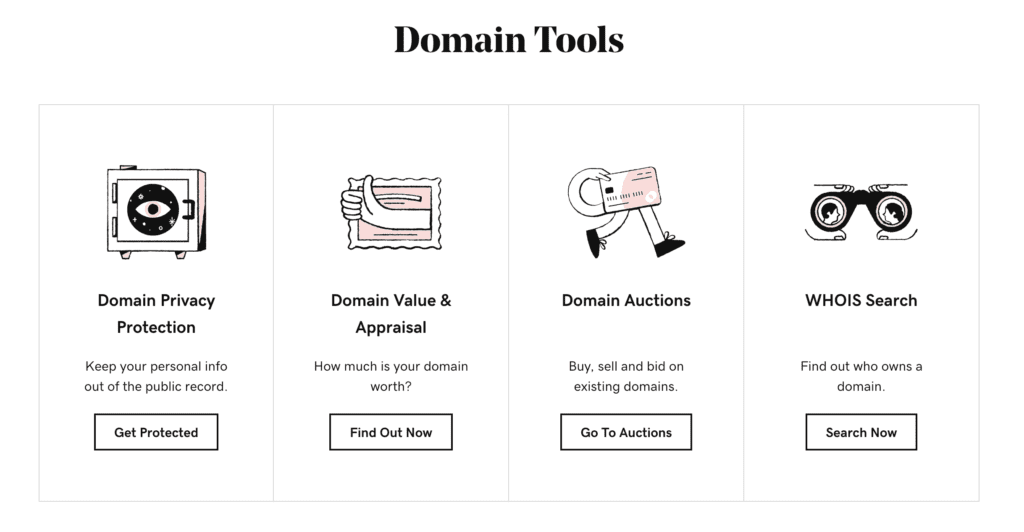
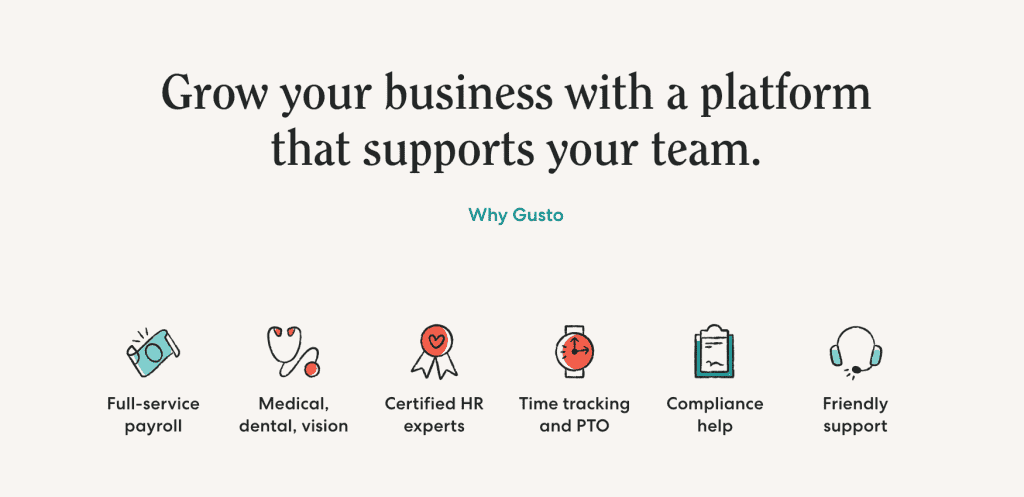
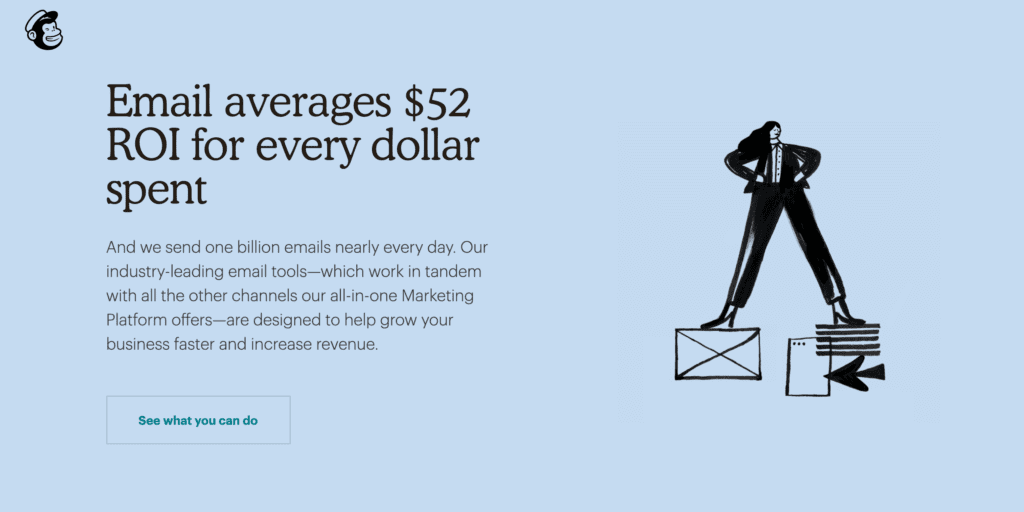
Notice the shift from san-serif fonts and generic illustrations to serifs across the board with custom branded illustrations.
We’re also seeing more and more SaaS companies work photos of real customers using the product in place of an entire website of illustrations.
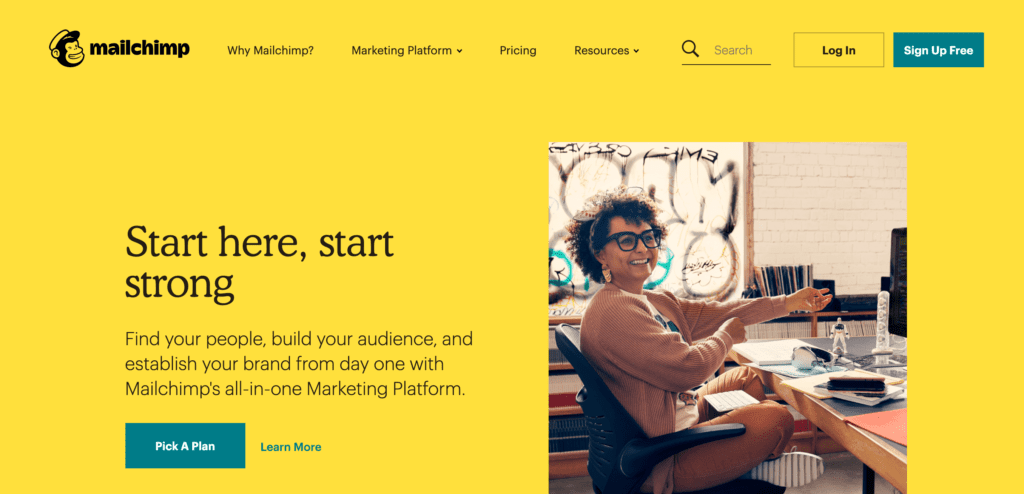
More san-serifs. More branded illustrations. More SaaS incorporating imagery of customers.
To-Do in 2020
Not much to do here. Depends on your brand and design strategy. Anything to set your brand apart will be a win in our book.
*Some of the links on this page may be affiliate links. Engenius Development LLC is a participant in affiliate advertising programs designed to provide a means for sites to earn advertising fees by linking products Engenius trusts. If you purchase a product through an affiliate link, your cost will be the same, but Engenius may receive a small commission.
Start the Conversation
Ready for your company to be on the cutting edge of digital marketing?


